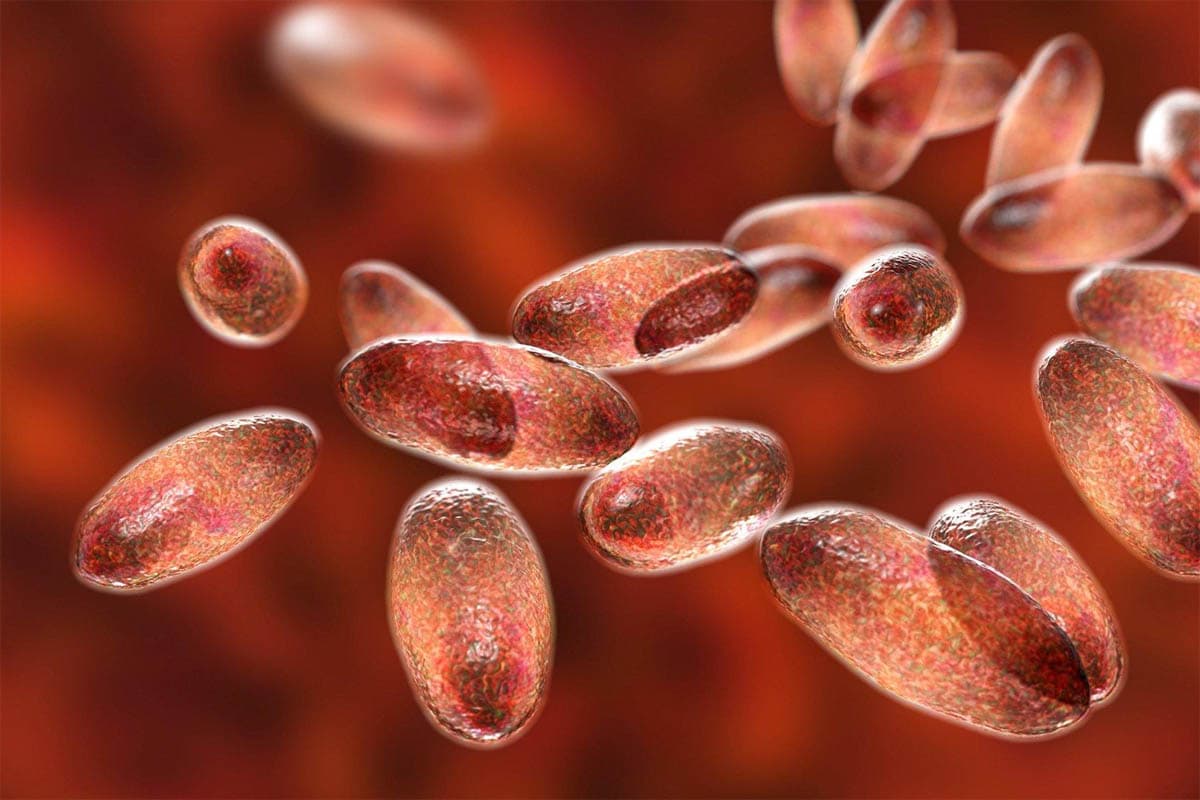What is the plague?
The plague is an extremely serious zoonotic (transmissible from animals to humans) infection caused by the bacteria Yersinia pestis. This is the bacteria that is believed to have been responsible for the Black Death which wiped out a 30-60% of the population of Europe from 1346.
The natural reservoirs of plague are rats, mice, prairie dogs and squirrels. Cats and dogs are accidental hosts.
Y. pestis can be found worldwide but is most prevalent in Africa, Asia, and South America. It is rare in the USA and when it does occur, it is in regional areas of the western states – where it is on the increase in recent years. Dogs are more resistant to the disease than cats.
Plague is a seasonal disease, and most reported cases occur between March and October in the United States.
The plague comes in three clinical forms (below), symptoms may vary depending on which form your cat has.
- Bubonic: Infection of the lymph nodes. This is the most common and least fatal form.
- Septicemic: Infection of the blood.
- Pneumonic: Infection of the lungs. This is the most severe form of the plague with a 90% mortality rate if left untreated.
Bubonic plague can rapidly progress to septicemic or pneumonic if not treated or treated inappropriately.
Transmission
Vector-borne
Transmission of bubonic and septicemic plague is via the bite of a flea that has ingested the organism from an infected vector. This is by far the most common mode of transmission.
Aerosol
Pneumonic plague can be spread by coughing and sneezing. This is the only mode of transmission from person to person and hasn’t occurred in the USA since 1924.
Direct and indirect contact
In some instances, you can also become infected when handling an infected animal who bites or scratches you or from coming into contact with bodily fluids of an infected animal (such as a hunter handling a dead animal). Cats can become infected by hunting/eating infected rodents.
Clinical signs
The incubation period of the plague is 2-6 days. Symptoms vary depending on the type of plague, but may include:
- Loss of appetite (anorexia)
- Dehydration
- Lethargy
- Fever
- Vomiting
- Diarrhea
- Dehydration
Bubonic plague – Swollen, tender lymph nodes, which become abscessed. When cats develop this form of plague, the lymph nodes in the head and neck are most commonly affected.
Pneumonic plague – Coughing and sneezing.
Diagnosis
Your veterinarian will perform a complete physical examination of your cat and obtain a medical history from you including if your cat has access to the outdoors. Due to the serious public health risk, the veterinarian must take infection control measures which include a mask, eye protection and gloves at all times. A cat with suspected plague will be placed in isolation.
- Bacterial culture of discharge submitted to a public health laboratory can confirm the diagnosis.
- Imaging studies to evaluate the lungs.
If your veterinarian suspects the plague, treatment will begin prior to confirmation.
Treatment
Gentamicin or doxycycline are the most effective antibiotics against Y. pestis, and will be administered as soon as the veterinarian suspects plague. The recommended treatment duration is 10-21 days. Veterinarians and pet owners who have had exposure to an infected animal may need to take antibiotics as a precaution.
It is necessary to report all cases of the plague to the relevant authorities.
Prevention
- Diligent flea control to avoid future infection.
- Keep cats confined indoors to prevent hunting.

